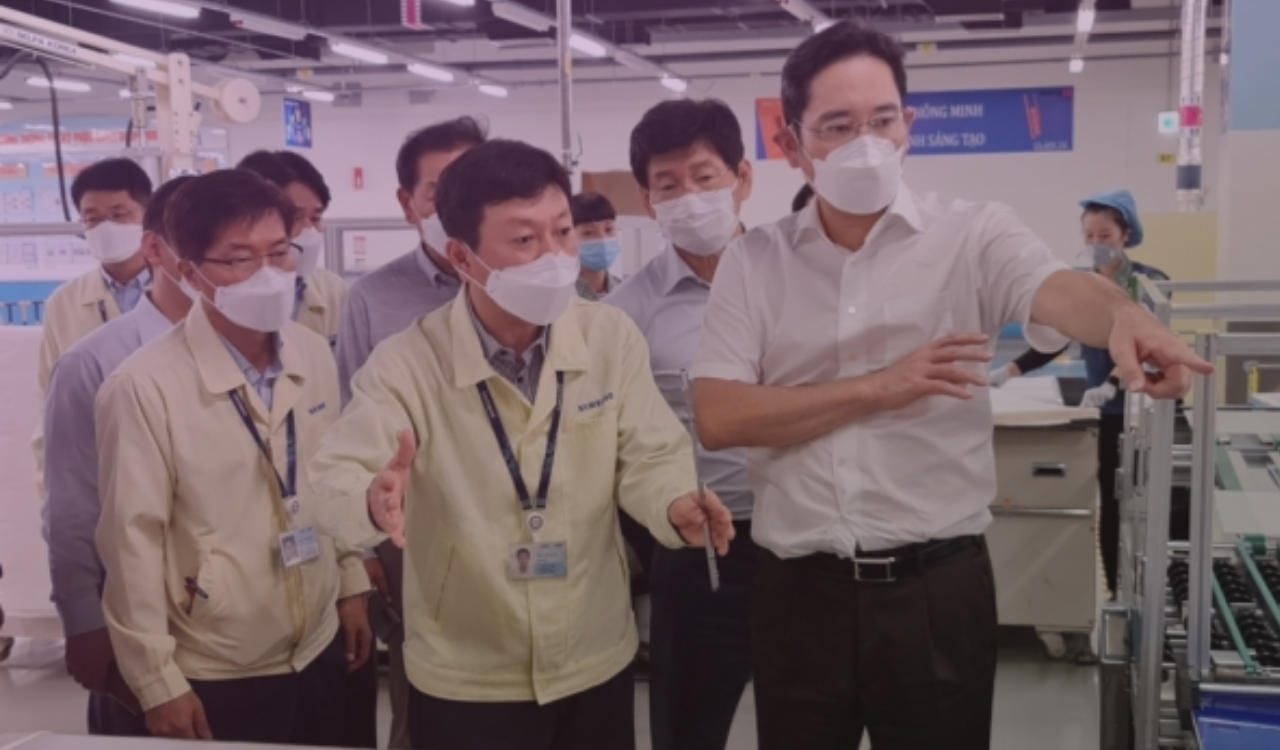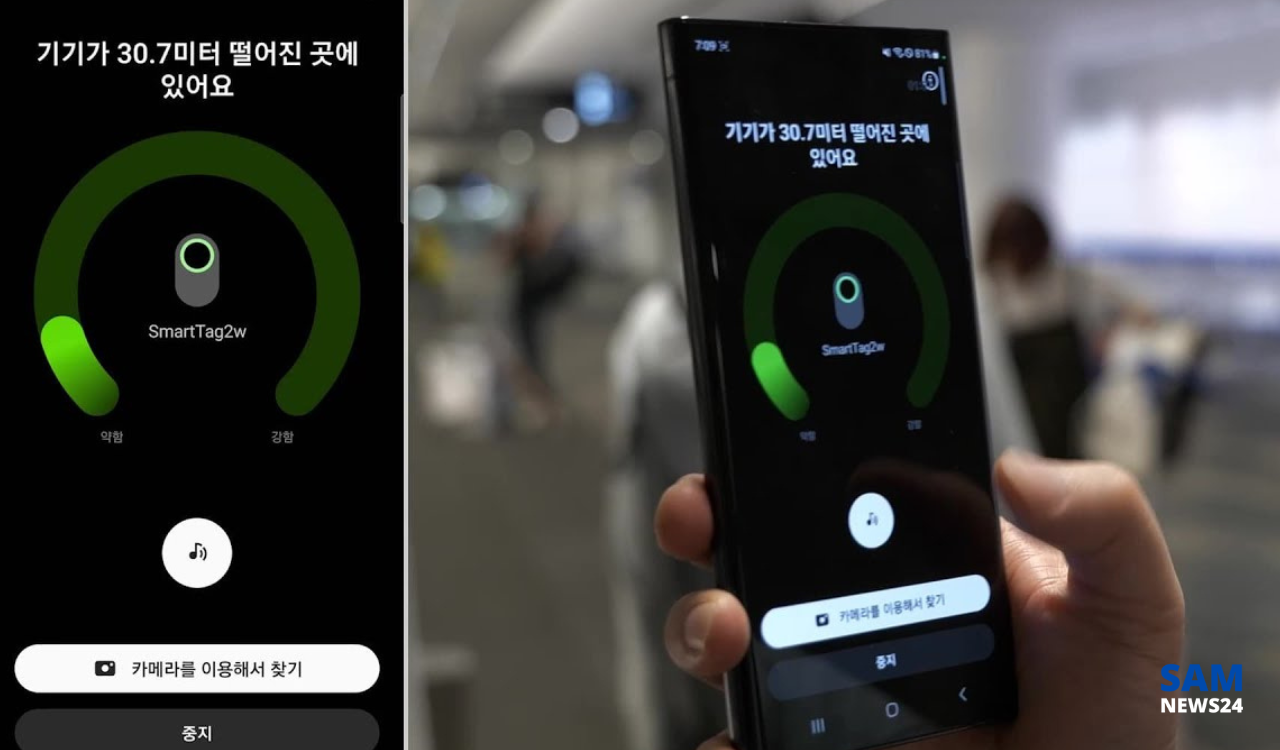Samsung Electronics is goal-oriented toward the next year of smartphone joint development and production (JDM), sets as 60 million units…..! The Samsung authority set a goal to record and expedition variation in the diaries of JDM shipments. That has been expanded when the office was set up under the supervision of Roh Tae-moon president of the wireless business division. Some even point out that the expansion of JDM is a ‘double-edged sword.
It is stimulated that that can sense the outcome in two major ways it can enjoy the effect of maintaining profitability through cost reduction, and it can lead to a weakening of Samsung Electronics ‘buying power’ (purchasing power). Samsung plans to be consistent in ‘reducing dependence on Vietnam’ next year on global production bases.
JDM volume approaching 20%
Samsungs’ wireless business division announced the amount of smartphone JDM to 59.86 million units next year (2023) at a business briefing held for business partners, according to the industry on the 2nd. In building the base of the volume there is four organization that are consigned: Wingtech and Huaqin in China. Significantly the volume is increased by up to 50 million JDM volume this year (2022).
It is about 18% of the total production planned for next year. As Samsung Electronics announced at the management briefing on that day “Efforts for extreme cost reduction are necessary (even next year).” Seemingly this strategy is as successful should be continued in further development.
As Samsung JDM stands for ‘joint development and Manufacturer. The concept is concerned about development with the base factor of each company which is production. That seems much the same as ODM (Producer Development and Manufacturing) but actually is different in that the original contractor is partially involved in product design and parts ordering.
Samsung reached very close to 20% of the total percentage of production volume in the present year since it significantly take off the amount of JDM in 2020. President Roh Tae-moon the recently elected personality of Samsung assign the responsibility at the low end. Also low-cost smartphones to Chinese companies in the JDM method to reduce costs and improve profitability.
This is a change that has occurred since Roh Tae-moon, president of the wireless business division, took office. President Roh Tae-moon has been pursuing a strategy of entrusting low-end, For this year, there was also a plan to increase the amount of JDM from 50 million to 70 million. It was around this time that Roh Tae-moon took office and decided to expand the JDM volume.
Concerns about weakening ‘buying power
Since last year, the weakness of buying power is visible when the global semiconductor supply shortage occurs in the mid-year. A senior Samsung Electronics official went on a business trip to the United States to secure AP chips but returned home empty-handed. This can be seen as evidence that the status of Samsung Electronics, the world’s largest smartphone maker, has weakened compared to the past.
The expansion of JDM also affects the domestic parts ecosystem. This is because, as the amount of consignment production to Chinese companies is draining away, the amount of domestic parts makers to supply to Samsung Electronics decreases. An industry official pointed out, “In terms of profitability, we have no choice but to increase the amount of JDM. But the weakening of purchasing power and the impact on the domestic parts ecosystem are issues that Samsung Electronics needs to consider more.”
Vietnam’s production share will be reduced to 46% next year
The annual production target for next year is set at 320 million units. Which is 46% (147 million units) of Vietnam’s accounting. SEVT1 and SEVT2 are two factories located in the provinces of Bac Ninh and Hai Nguyen accounting for 32% and 14% of production, respectively. Considering that Vietnam’s production proportion was 50-60%, that is a bit less the count.
Although supply chain diversification and cost reduction are two main reasons why Samsung Electronics is reducing the proportion of Vietnamese production. But there are several other factors that are the reason for an unstable chain of supply, lockdowns affect a lot due to COVID-19. The Russia-Ukraine war was also one reason for some of those.

Vietnamese factories are much strengthened by the low labor, which is also on the rise. According to the Korea Trade-Investment Promotion Agency (KOTRA), the minimum wage in Vietnam’s region 1 has risen from 2.35 million VND to 3.5 million VND in 2016 and 4.42 million VND in 2020. The minimum wage was still in 2021, but this year it was 4.68 million VND, up 6% from the previous year.
Identically India refers to the second largest share after Vietnam and this analyzes 21% of total production with 68 million units next year will be output. Brazil’s Campinas and Manaus plants are estimated to produce 23 million units, accounting for 7% of the total. Other production bases include Indonesia at 3%, Gumi at 3% in Korea, and Turkey at 1% in Egypt. In most cases, it is at a level similar to the known production ratio.
Conclusion…
As previously, Samsung Electronics established a mid-to-long-term plan to increase the proportion of production in India and Indonesia by 50 to 70 percent last year. Specifically, it set the goal of increasing India’s production from 60 million units to over 100 million units. And Indonesia’s production from 9 million units to 53 million units. However, the analysis and plans of Samsung are quite subtle I see but the mapping of estimation is actually appreciated, hope you adore the content I depict above.
For more news and updates and other technical information, @Samnew24 will consistently provide you, stay tuned forever.



























